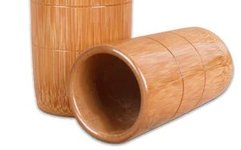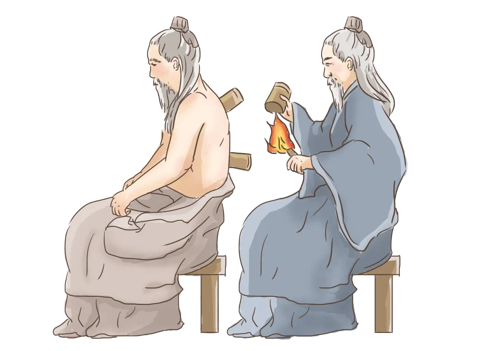
Cupping therapy has a long history in China, with records of the “Jiao Fa” (角法) found in the Wushi Er Bing Fang (五十二病方), a text dating back to the Western Han Dynasty, which is similar to modern fire cupping therapy.
Cupping therapy, also known as “suction therapy” or “fire cupping” (拔火罐), was historically referred to as “Jiao Fa”. It is a method that uses cups as tools, employing techniques such as burning, suction, and steam to create negative pressure inside the cup. This allows the cup to adhere to specific acupuncture points (腧穴) or areas of the body, causing local skin congestion or even bruising, in order to adjust bodily functions and achieve disease prevention and treatment.
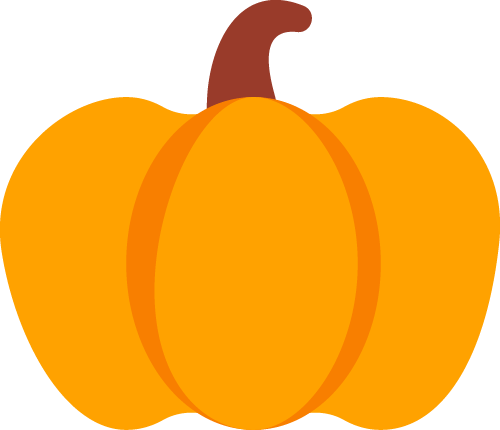
Common types of cupping tools
Bamboo cups: Made from mature bamboo, larger diameters are used for larger areas such as the back and buttocks, while smaller diameters are used for joints in the limbs.
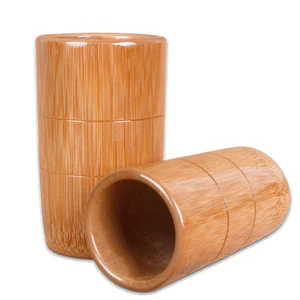
Ceramic cups: Made from clay and glazed in various colors, they are smooth inside and out, economical and practical.
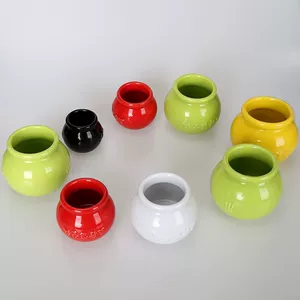
Glass cups: Made from heat-resistant glass, they are clear and transparent, allowing for easy observation. The smooth rim provides good suction and they are widely used.
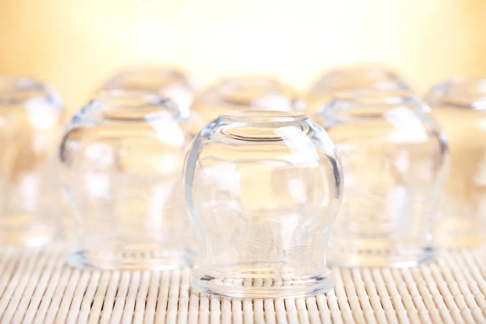

Vacuum cups: Made from penicillin or streptomycin bottles or similar small bottles, with the bottom cut and smoothed. The rubber stopper at the top is kept intact, and a piston is placed on top for easy suction.

Types of cupping therapy
Single cup: Used for small areas of pathology or tender points.
Multiple cups: Used for more extensive areas of disease.
Flash cupping: The cup is applied and immediately removed, repeated several times until the skin becomes red.
Retention cupping: The cup is left in place for a certain period, generally within 8 minutes.
Sliding cupping: Also known as “moving cupping”, generally used on larger areas with rich muscle, such as the back and thighs. A lubricant is applied to the skin before the cup is suctioned, and then the cup is moved up and down or side to side several times until the skin becomes red.
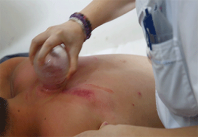
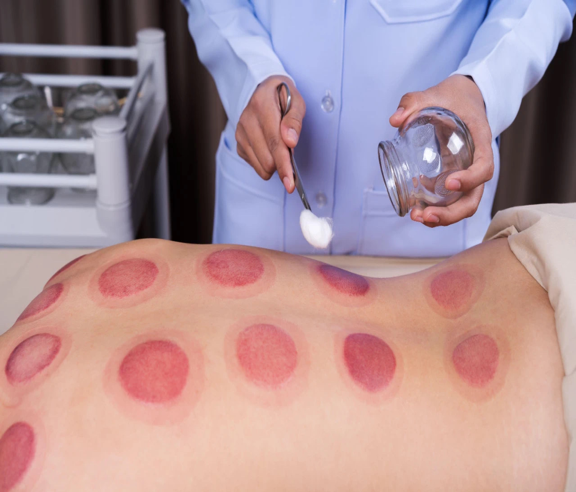

Effects of cupping
1. Regulating Yin and Yang: Cupping harmonizes Yin and Yang through the combination of acupuncture points and cupping techniques. For example, if the disease is in the meridians and superficial tissues, light cupping is appropriate; if it is in the muscles and bones, heavier cupping is recommended. The regulation of Yin and Yang balance through cupping is bidirectional; for instance, in cases of unstable blood pressure, low blood pressure can be raised, while high blood pressure can be lowered.
2. Activating blood circulation and resolving stasis: “Where there is blockage, there is pain; where there is pain, there is blockage.” When muscles, tendons, or bones are injured, local bruising can occur, obstructing the flow of Qi and blood in the meridians. If the stasis does not resolve, pain will persist. Cupping at the corresponding acupuncture points can eliminate stasis, promote new blood generation, and ensure smooth flow of Qi and blood, achieving the goal of “where there is flow, there is no pain”.
3. Clearing heat and relieving pain: According to the principle of “heat causes disease” in TCM, the stimulation from fire cupping can expel pathogenic heat, achieving the goal of clearing heat by allowing internal Yang heat to reach the surface and ultimately be expelled from the body, thus clearing internal stasis heat and toxins.
4. Harmonizing the organs: Cupping therapy creates a negative pressure suction effect at the acupuncture points, causing changes such as congestion and bruising at the surface points, which are connected to the internal organs through the meridians, thus treating various organ diseases.
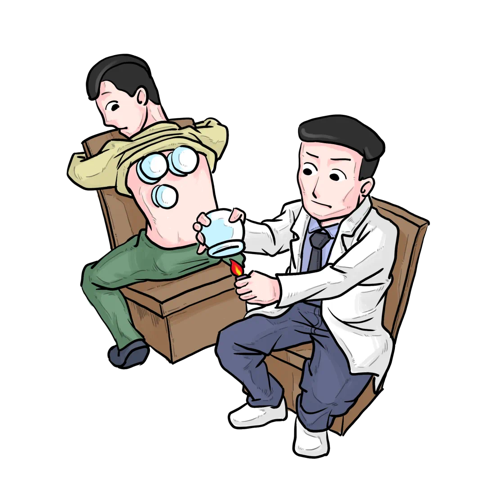

Indications and contraindications for cupping
Indications:
1. Patients with chronic fatigue syndrome;
2. Patients with respiratory diseases such as colds and coughs;
3. Patients with neck, shoulder, back, and limb pain;
4. Patients with insomnia and anxiety;
5. Sub-healthy individuals with damp-heat, cold-damp, phlegm-damp, or blood stasis constitutions;
6. Patients with gynecological diseases such as irregular menstruation and dysmenorrhea.
Contraindications:
1. Patients with bleeding tendencies or blood disorders;
2. Patients with severe heart disease, tumors, or active tuberculosis;
3. Women during menstruation or pregnancy;
4. Individuals with skin allergies or lesions;
5. Those who are excessively fatigued, extremely weak, or have high fever;
6. Individuals who are overly hungry, overly full, overly thirsty, or intoxicated.
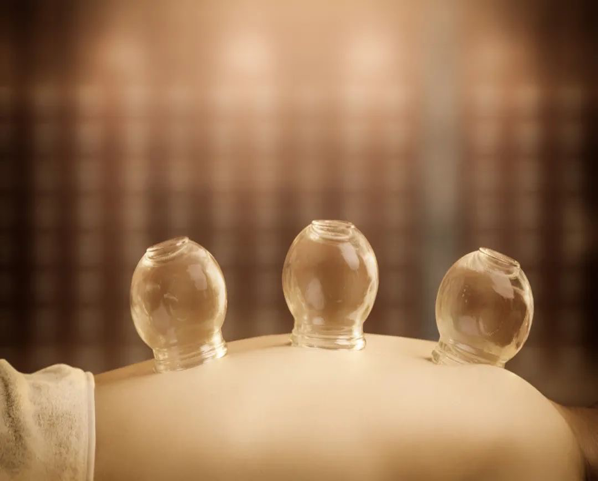

Identifying body constitution through cupping
1. If the cupping marks show moisture or edema, it indicates that the patient has excess dampness, cold, or has been affected by cold and dampness;

2. If the cupping marks are blood red or dark red blisters, it indicates a pathological response of long-term illness with dampness and blood stasis;

3. If the cupping marks are purple-red or purple-black, without stasis or fever, it indicates that the patient has cold with blood stasis, with varying severity;

4. If the cupping marks are purple-red or purple-black, or if there are red spots, tenderness upon touch, and signs of body heat, it indicates that the patient has heat toxin syndrome;

5. If the cupping marks are slightly itchy or show skin patterns, it indicates that the patient has wind syndrome;

6. If there are no cupping marks or if they disappear quickly after cupping, it indicates that the body is relatively healthy.

Post-cupping care
1. After treatment, be sure to keep warm and avoid drafts;
2. Avoid bathing or getting the area wet for 6 hours after treatment;
3. The local skin may show purple-red bruises, which will fade on their own after a few days;
4. Some patients may develop blisters at the cupping site; small blisters do not require treatment, but larger ones should be addressed promptly.
Contributed by: Dong Run
Edited by: Chen Xuesi
Reviewed by: Deng Li
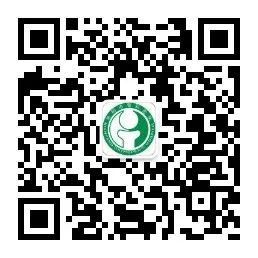
Scan to follow us
WeChat service account
Mianyang Orthopedic Hospital
Appointment registration
Online payment
Report inquiry, etc.

Scan to follow us
WeChat subscription account
Sichuan Province
Mianyang Orthopedic Hospital
Hospital news
Public welfare activities
High-tech
Beneficial policies

Scan to follow us
Mianyang Orthopedic Hospital
Health Management Center
Health management
Physical examination services
Exercise assessment
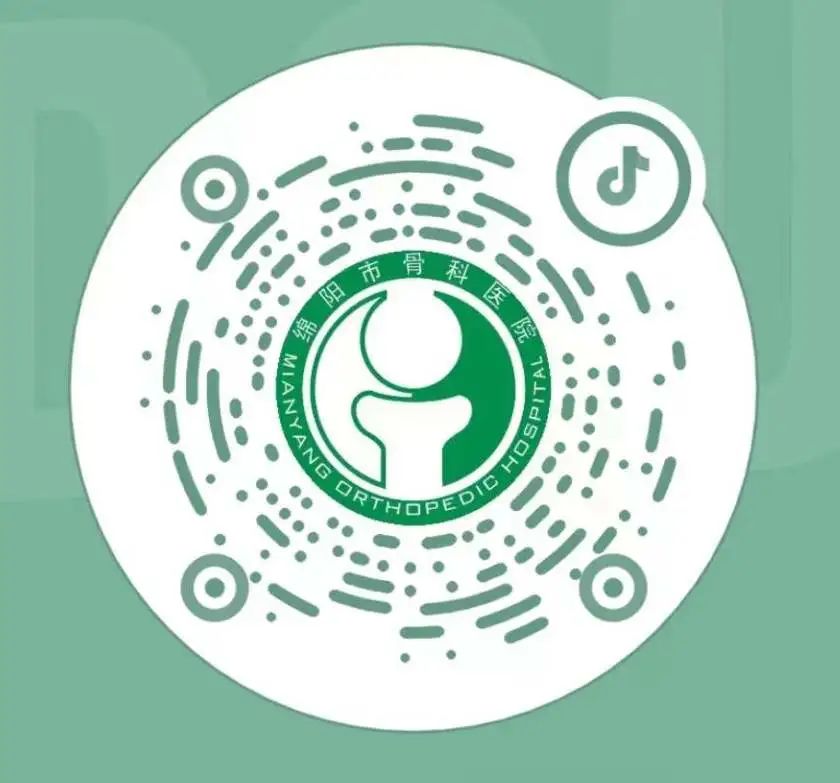
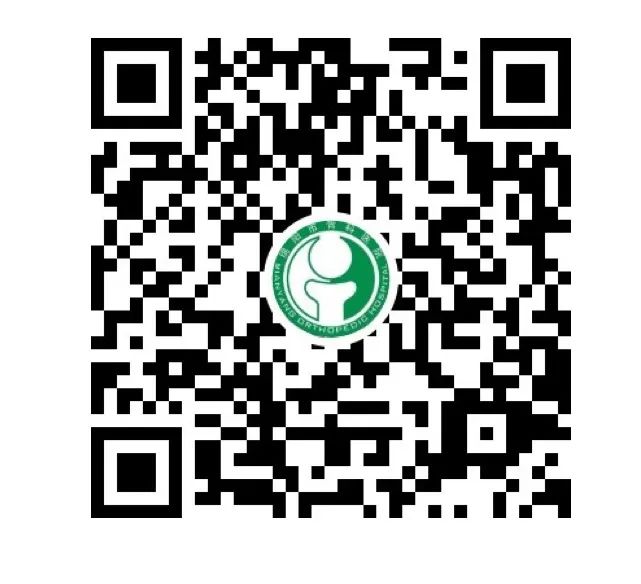
Scan to follow us on Douyin
Official Douyin video account
Scan to follow us on WeChat
Official WeChat video account

